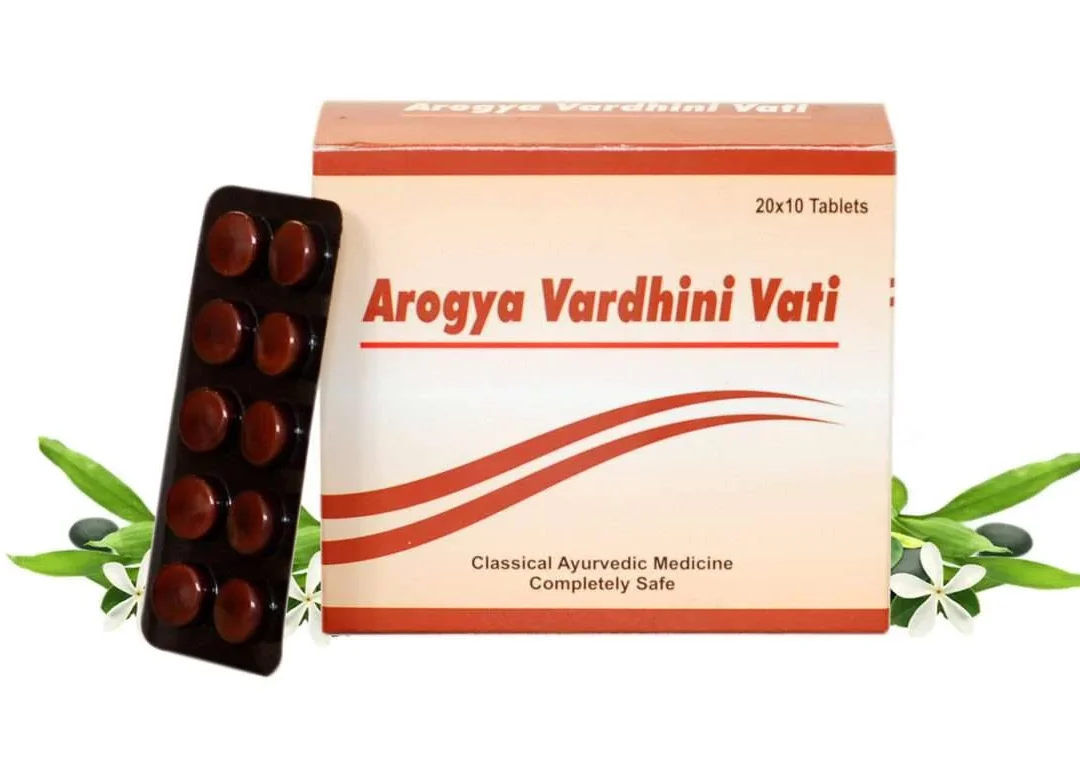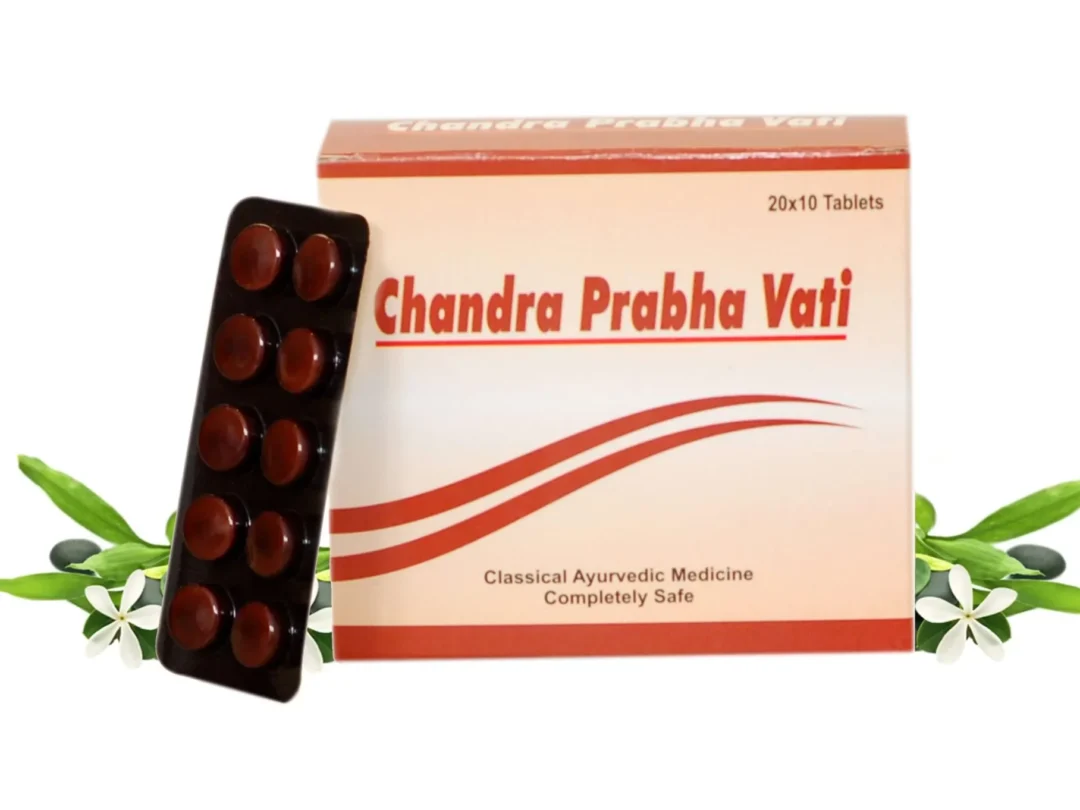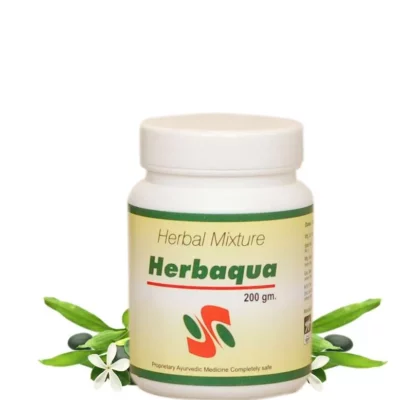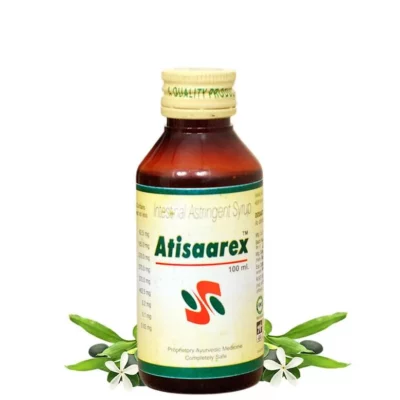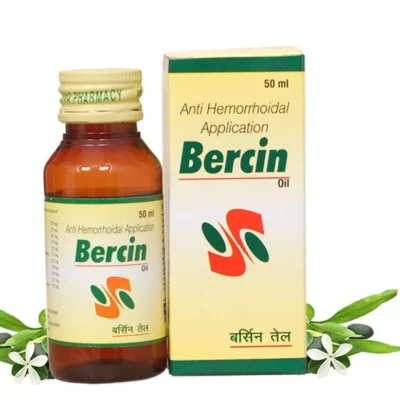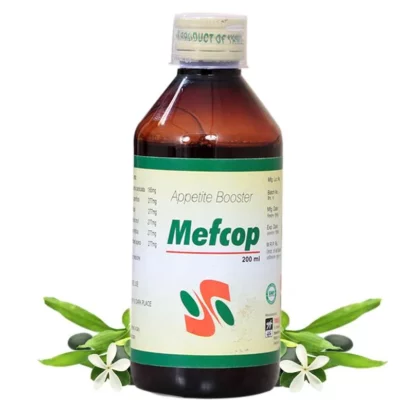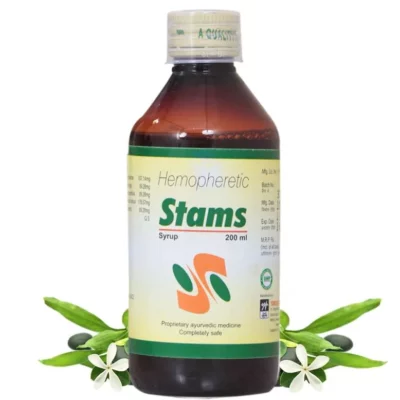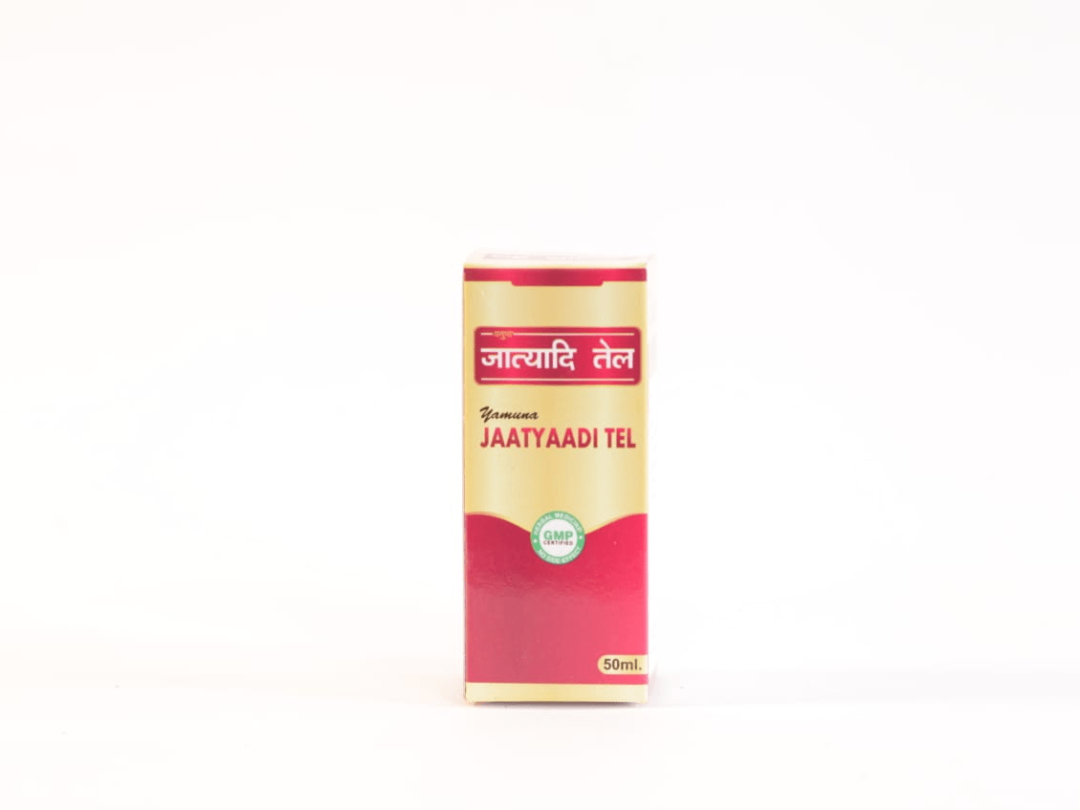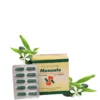Thyroid is a butterfly shaped gland located at the base of the neck just below Adam?s Apple. A goiter is an abnormal enlargement of the thyroid gland. Although all goiters are painless but a larger goiter can cause problems such as difficulty in swallowing, cough and breathing.
What are the causes of goiter?
Having a goiter doesn?t mean that the thyroid gland is not working properly. Even when it is enlarged, the thyroid may produce hormones within normal limits but it might also however produce too much or too little thyroxine and T-3 hormones.
The most common cause of goiter is the lack of iodine in the diet. It can also occur due to the over-production of thyroid hormones or nodules in the thyroid gland.
What are the symptoms of Goiter?
In many patients, there are no symptoms of goiter. When signs and symptoms occur, these include:
- Swelling at the base of neck that is obvious when a person shaves or put on makeup.
- Coughing
- Hoarseness
- Difficulty in swallowing
- Difficulty in breathing
How goiter is diagnosed?
The physician may discover an enlarged thyroid gland by simply feeling your neck and having you swallow during a routine physical exam. A hormone test is also prescribed. If the thyroid gland is underactive, the level of thyroid hormone will be low. At the same time, the level of Thyroid Stimulating Hormone (TSH) will be elevated because the pituitary gland tries to stimulate the thyroid gland to produce more thyroid hormone. Other tests such as thyroid scan, biopsy, ultrasonography etc. are also prescribed to diagnose goiter.
Concept of Goiter according to Ayurveda:
Ayurvedic Samhitas have the description of swelling of the thyroid gland known as Galaganda whose symptoms are similar to goiter. Galaganda has been mentioned in Charak, Sushrut and Vagbhat as a swelling around the neck region. Goiter has been compared to galaganda and hypothyroidism which involves certain features such as swelling, heaviness etc.
- Iodine deficiency and improper diet play a major role in the functioning of thyroid hormone. Ayurveda has always given a great importance to the Nidana Parivarjana (cessation of causative factors) as the main factor in the treatment of any disease.
What is the cause of Goiter according to Ayurveda?
Acharaya Charak has mentioned galaganda in 20 varieties of Sleshmavikars. Acharaya Sushrut has clearly mentioned the Adhisthana of Galaganda and classified it into three categories:
- Vataja Galaganda
- Kaphaj Galaganda
- Medoja Galaganda
According to Ayurveda, galanganda is mainly caused due to vitiated Kapha and Vata doshas. Due to the intake of wrong food and lifestyle, Kapha dosha and medas get vitiated and reach gala thereby producing swelling there and cause symptoms.
Samprapti ghataka (pathogenesis) in Galaganda:
- Dosha involved: Kapha and Vata doshas
- Agni which is affected: Jatharagni (digestive fire), dhatvagni (tissue metabolism).
- Srotas (body channels that are affected): rasavah srotas (blood channels), medovaha srotas (micro and macro body channels that carry fat)
- Ama: jatharagni mandhya janitha, dhatavagni mandhya janitha (formation of toxins due to weak digestive and tissue metabolism).
Concept of Pathya and Apathya (Wholesome and Unwholesome diet):
Considering apathya ahara (unwholesome diet) as the main causative factor, intake of virudhh ahara (incompatible food) has also been specified. The virudh ahara vitiates agni particularly jatharagni, bhutagni and dhatvagni. Agni is very important in digestion of food as it transforms food substances into various forms of energy. Low agni leads to low digestive fire which leads to the formation of ama dosha. Ama leads to srotoarodha (obstruction in the body channels) and vitiation of all the doshas and dhatus thus disturbing the metabolic process and supply of proper nutrients which are the main causative factors for this disease manifestation.
Some herbs useful in Goiter are:
- Kanchnaar (Bauhinia variegata): The bark of kanchnaar tree, being kaphaghana, helps in reducing the kapha accumulation in the tissues.
- It is extremely useful in gandamala due to its detoxifying properties.
- Kanchnaar is useful in goiter, cysts, nodules and other types of growths that are seen in and around the neck.
- Ashwagandha (Withania somnifera): The roots of Ashwagandha are widely used in Ayurvedic practice. It has been shown that ashwagandha lowers cortisol and balances thyroid hormones as well.
- Varuna (Crataeva nurvula): Varuna herb is quite effective in thyroid swellings and goiter as it is Vata Samshamana and Kapha Samshamana in nature (herb that alleviates Vata and Kapha doshas).
- Nirgundi (Vitex negundo): The roots of nirgundi can be used as nasal drops in the treatment of swelling of thyroid gland.
- Aragvadha (Cassia fistula): The root bark of aragvadha herb is ground with rice water and can be used for nasal drops.
- It can also be used for local application on the thyroid swelling.
- The root extracts have also been shown to increase T3, T4 and decrease TSH and cholesterol levels in the body.
Diet and Lifestyle:
- Physical exercises should be included in the lifestyle as it brings lightness in the body, improves quality of life and balance Kapha dosha. In physical exercises, some yoga poses such as matsyasana, suptavajrasana help in improving the functions of thyroid and pituitary glands.
- In addition to physical exercises, Manas Swaroopa (state of mind) is also important. A healthy body is incomplete without a healthy mind. To achieve mental health, Meditation should be practiced.
- Sleep is also very important in maintaining healthy TSH levels as TSH is released in a pulsatile manner. Its highest level occurs at night so proper sleep has also a great importance. Waking before sunrise must be a part of daily routine.
- Food should not be preserved, processed or canned. Try to eat seasonal fruits and vegetables. Avoid hydrogenated vegetable oils, artificial colours and white refined flour.
- Avoid soy products and soy beans.
- Flaxseeds, nuts, walnuts can be included in the diet.
- Intake of iodine rich salt, cow milk and ghee are recommended.
Hence, it is concluded that adopting suitable diet and lifestyle along with the intake of herbs act as adjuvant in nullifying the adverse effects and also work synergistically with the herbal medicines and further prognosis of the disease.



